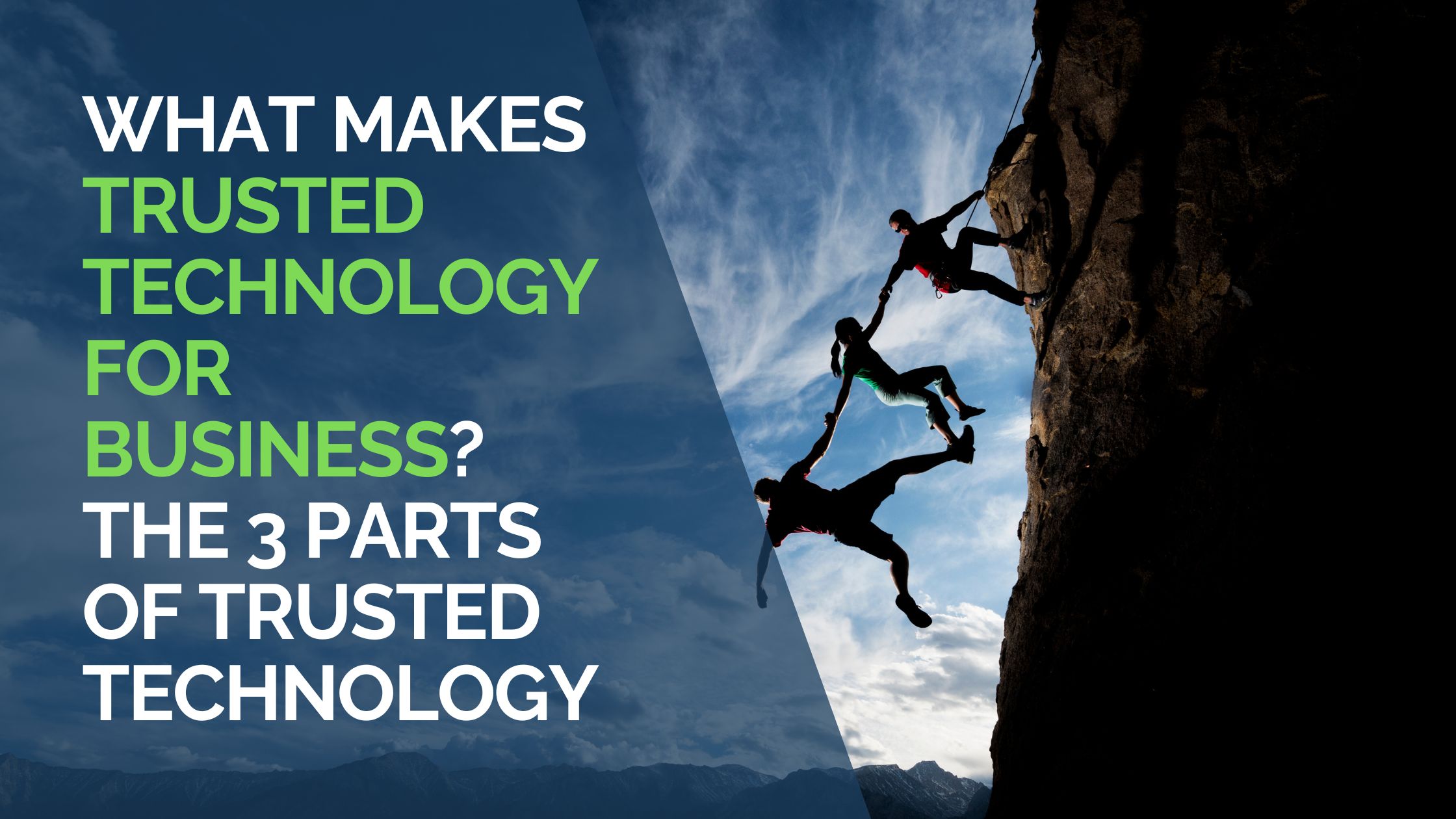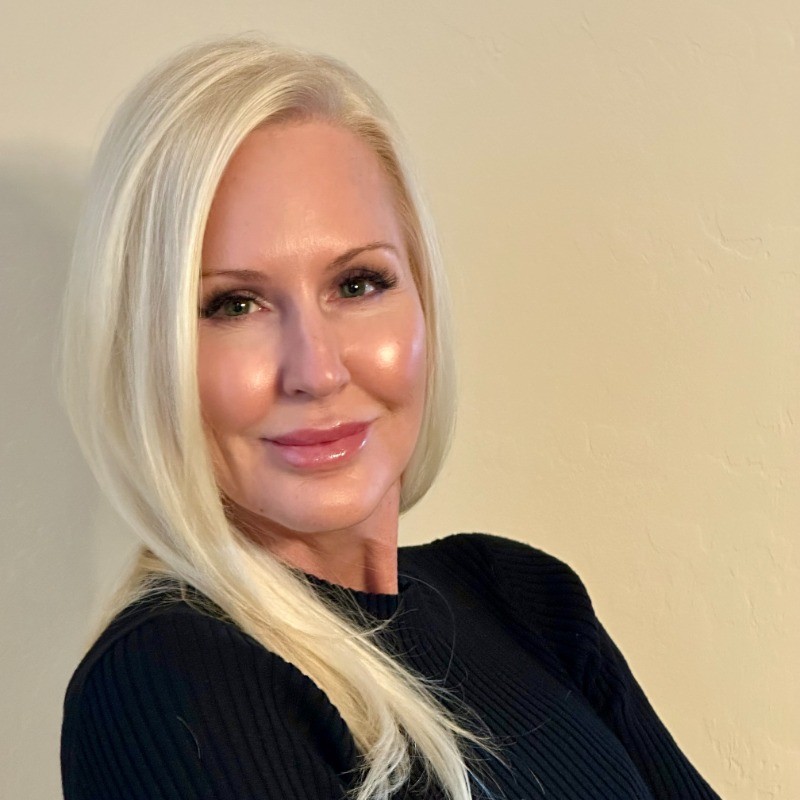When we talk about trusted technology for business at Stringfellow, we don’t just mean the tools—we mean the confidence that comes from using technology that supports your business without surprises, breakdowns, or band-aid fixes.
But what exactly makes technology “trusted”? How do we decide what’s worth implementing? And more importantly, how does that trust translate into results for your business?
At Stringfellow, we think about trusted technology in three parts:
- A trusted solution
- A trusted configuration
- A trusted timeline
Let’s break those down, with real-world examples and the business value behind each.
1. Trusted Solution
What it means:
You’re using technology from a reputable, established vendor—Microsoft, Dell, Lenovo, HP, SonicWall. These are companies with staying power, support resources, and proven products that businesses rely on every day.
The opposite? Running your business email through a shared Yahoo account.
It might work… until it doesn’t. And when it breaks, there’s no support, no backups, no continuity, and no professionalism.
Why it matters to your business:
- Brand-name platforms are backed by documentation, training, and stability.
- Business-class tools have support options and SLAs that consumer-grade tools don’t.
- You’re not gambling with your data or operations.
Example:
Using Microsoft 365 for email gives you reliable, secure access across your team. It’s scalable, backed by global infrastructure, and has features for retention, compliance, and protection that Yahoo or Gmail simply can’t offer to businesses.
2. Trusted Configuration
What it means:
Even the best software can become a liability if it’s set up incorrectly. Configuration is about how a tool is implemented—user access, security settings, scalability, and integration with the rest of your tools.
A trusted configuration follows best practices from the vendor and from your business needs. It’s more than installing the software—it’s about tailoring it to work properly, securely, and efficiently in your environment.
Why it matters to your business:
- Prevents costly mistakes (misconfigurations are a leading cause of data breaches).
- Improves user experience and speed.
- Enables scalability—so your systems grow with your business, not against it.
Example:
You might buy Microsoft 365, but if you don’t turn on multi-factor authentication (MFA), enable audit logs, or segment user permissions, you’re not really protected. A trusted partner knows how to set it up the right way—because we’ve done it dozens of times before.
3. Trusted Timeline
What it means:
You’re not adopting bleeding-edge tech that hasn’t been tested. But you’re also not running unsupported, legacy systems that are security risks.
Trusted technology exists in that “Goldilocks zone”—modern, stable, supported, and proven.
Why it matters to your business:
- New tools can be unstable or full of unpatched security holes.
- Old tools don’t get security updates—and hackers know it.
- Sticking with unsupported platforms creates major risk and forces rushed migrations later.
Example:
Still using Windows 7? It’s unsupported and vulnerable. Jumping on AI tools with no track record? You’re the guinea pig. Trusted tech lives in the middle—well-supported, widely used, and tested in real business environments.
Final Word: Why It All Matters
Most companies don’t fail because they bought bad tech. They fail because they bought the right tech and implemented it the wrong way—or at the wrong time.
Trusted technology = trusted outcomes.
It helps you scale, secure your data, empower your team, and avoid costly disruptions.
At Stringfellow, we don’t just install tools—we bring 20+ years of battle-tested processes to every recommendation we make. That includes vetted vendors, smart configurations, and realistic timelines that actually support your business strategy.
Want to know if your current tech setup passes the “trusted” test?
Let’s talk.
Not sure if you’re running trusted technology for your business?
✅ Get Your Trusted Tech Assessment
We’ll review your current tools and tell you where you stand—no pressure.



